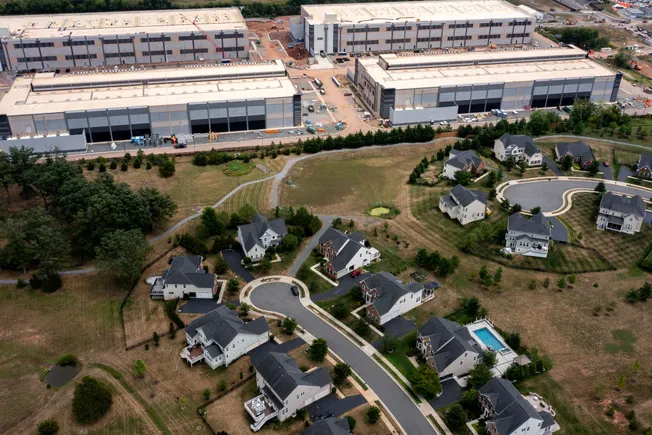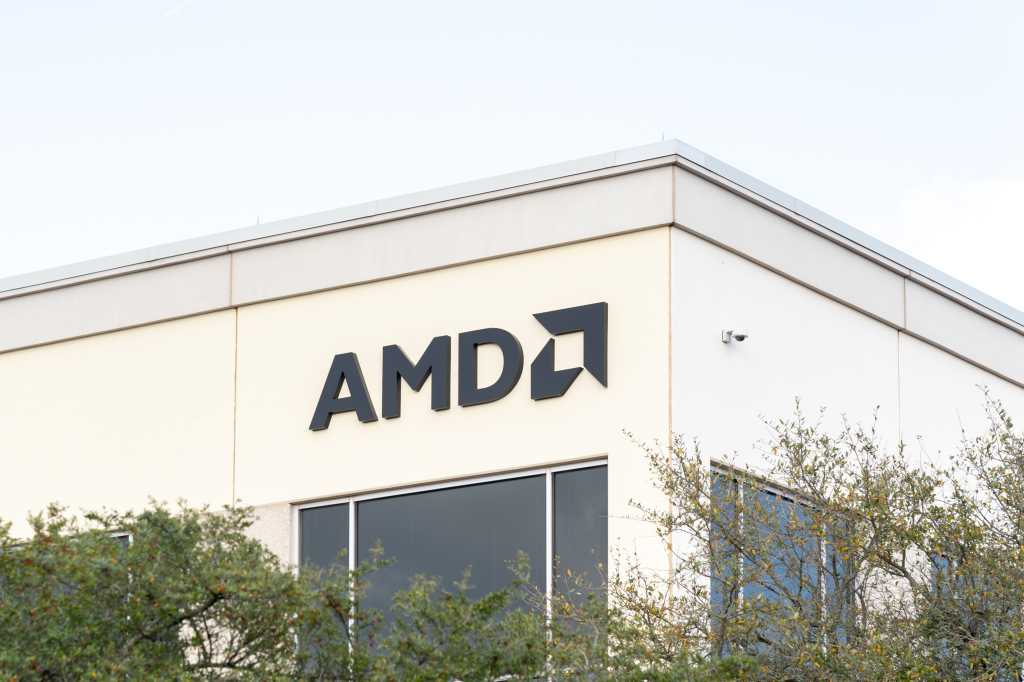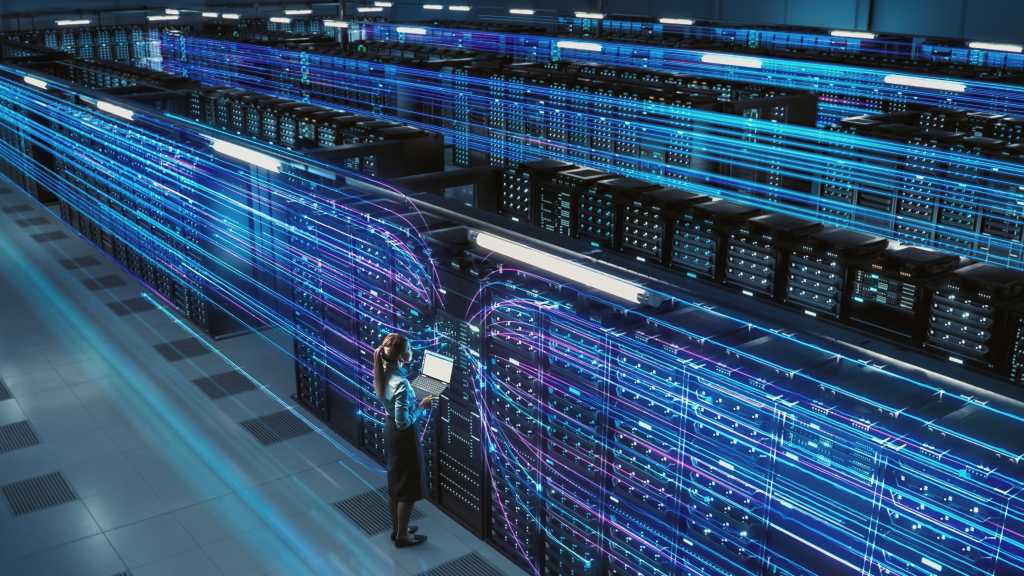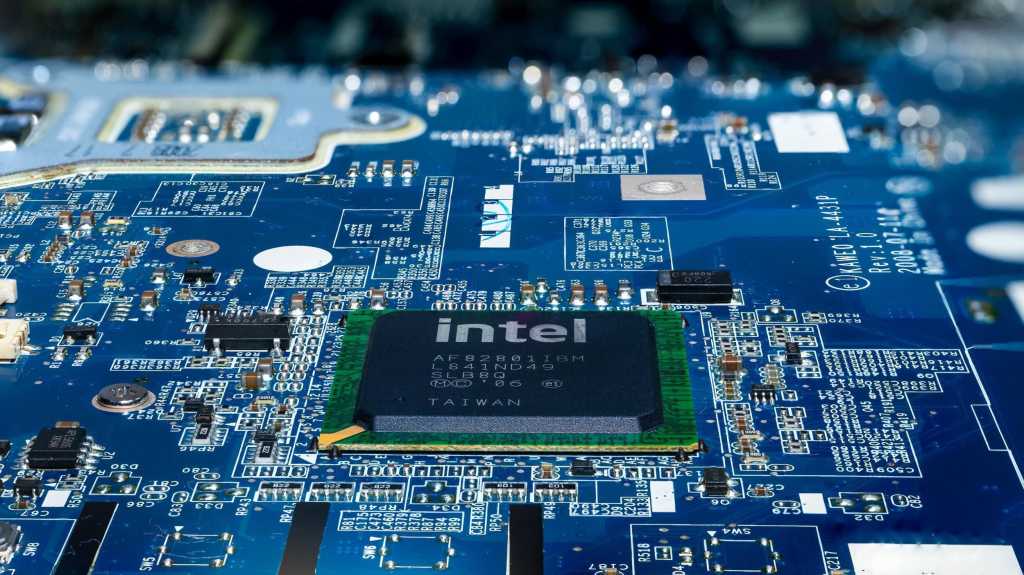
Dive Brief:
- U.S. electricity demand could grow 25% from 2023 to 2030 and 78% by 2050, driven in the near term by artificial intelligence data centers, new manufacturing capacity and widespread electrification in the oil and gas sector, ICF said Tuesday.
- The new forecast is significantly higher than the international consulting firm’s September projection of 9% load growth by 2028 and 18% by 2033 as new data center and industrial loads materialize faster than anticipated, the consulting firm said.
- Residential electricity rates could rise 15% to 40% over the next five years and double by 2050, according to an ICF analysis of select U.S. utilities. Demand-side management efforts such as demand response programs, energy efficiency investments and behind-the-meter generation and storage deployments can relieve some of the expected pressure on the grid, ICF said.
Dive Insight:
ICF sees peak U.S. electricity demand increasing 14% by 2030 and 54% by 2050, marking a dramatic increase from last year’s forecast. ICF’s September projection called for a 5% increase in peak demand by 2028.
The latest load growth forecast shows that the United States’ data center and manufacturing booms are already exerting pressure on the grid. Their impact comes as longer-term tailwinds like building and transportation electrification continue apace, ICF said.
While demand-side management can soak up at least 10% of U.S. electricity demand by 2030, the grid needs about 80 GW of annual capacity additions over the next 20 years — roughly double the current 40 GW annual pace, ICF said.
ICF now anticipates an average annual load increase of 3.2% through 2030 and 2.2% through 2050. That’s more bullish than an outlook published last month by the National Association of Electrical Manufacturers, which said electricity demand would increase 2% annually and 50% by 2050.
But ICF’s latest forecast is marginally less aggressive than Grid Strategies’ December forecast for nearly 16% load growth through 2029. That projection relies on annual utility planning reports submitted to the Federal Energy Regulatory Commission as well as data from grid operators and utilities, which have a history of overly ambitious demand projections.
Electricity demand is set to grow far faster in some regions of the United States, particularly those favored by data center operators and heavy industries, ICF said.
Service territories covering parts of Virginia, Georgia and West Texas could all see 6% growth in overall and peak load through 2035, ICF said. Virginia has the country’s biggest data center cluster. Georgia is an epicenter of U.S. reindustrialization, and the Texas oil and gas industry is rapidly electrifying upstream operations after decades of relying on diesel- and gas-powered equipment.
Other regions expected to see significant load growth include northern Nevada, which has emerged as a mining and battery manufacturing hub; parts of the Midwest, which has also benefited from industrial reshoring; and parts of New England, where state incentives encourage property owners to swap out oil- and gas-burning space heating systems for more efficient electric heat pumps.
The expected load growth means that “in a hypothetical scenario in which no generation is added to the mix and current peak demand growth forecasts hold,” U.S. generation capacity would be unable to meet demand by 2028, ICF said.
Though that outcome is unlikely, a more realistic scenario finds three major grid regions — the Electric Reliability Council of Texas, Midcontinent Independent System Operator and PJM Interconnection — facing capacity shortfalls in 2028, ICF said. By 2040, the Southwest Power Pool and ISO New England could join them.
Despite the promise of demand-side management, new generation assets — mainly natural gas, onshore wind, solar and energy storage — will account for most of the capacity additions needed to meet expected future demand, ICF said. Nuclear’s contribution remains uncertain amid unresolved questions around cost and technological readiness, while geothermal and offshore wind will provide a small but measurable boost.
ICF’s latest forecast sees far more natural gas on the grid than previous analyses analyses, but still expects its share of the generation mix to fall from a high of about 45% in 2020 to 19% by 2050, but still expects its share of the generation mix to fall from a high of about 45% in 2020 to 19% by 2050. Storage, solar and wind are expected to continue growing and could account for about three-quarters of generation by then.Storage, solar and wind are expected to continue growing and could account for about three-quarters of generation by then.




















